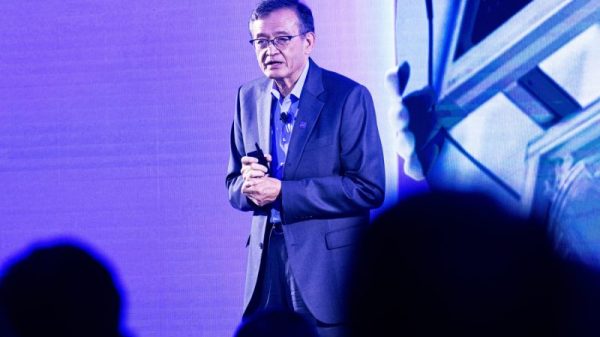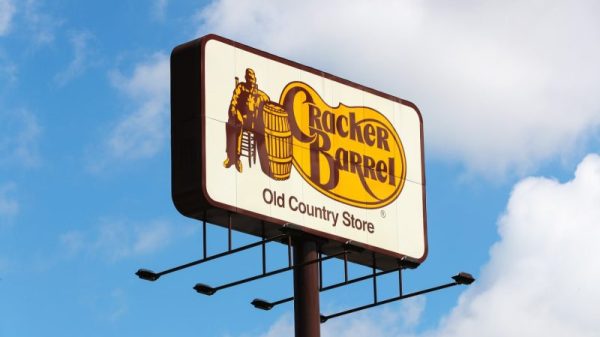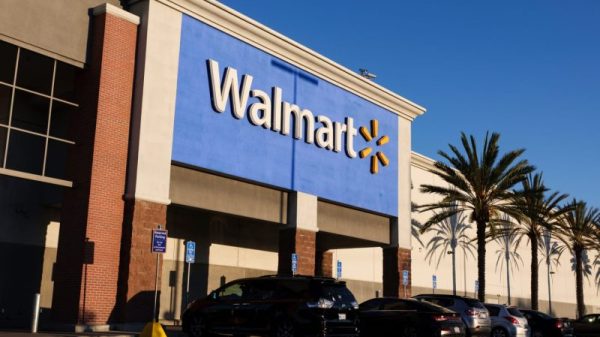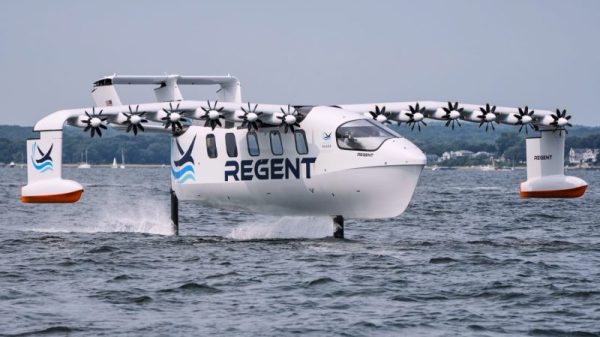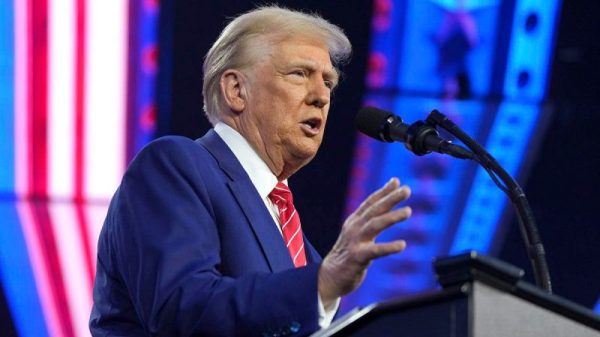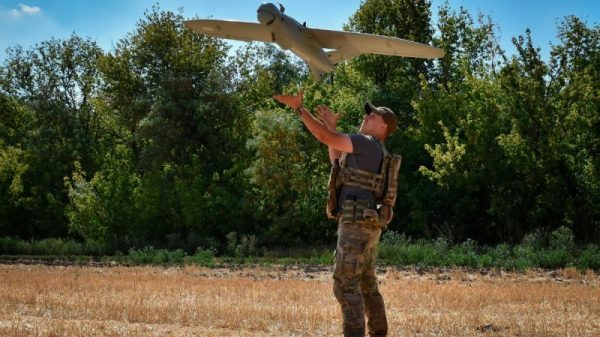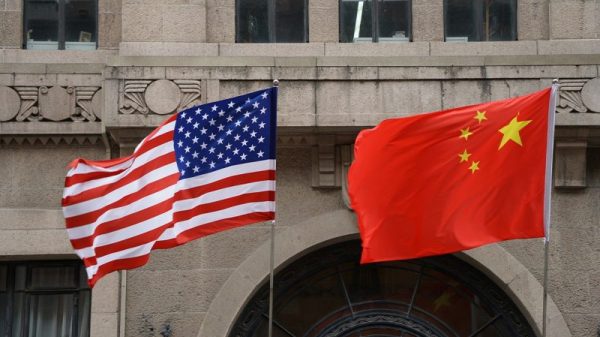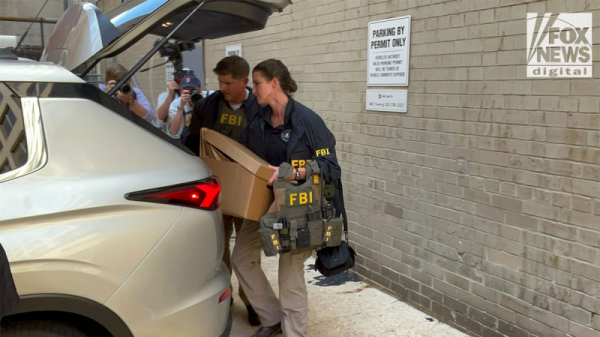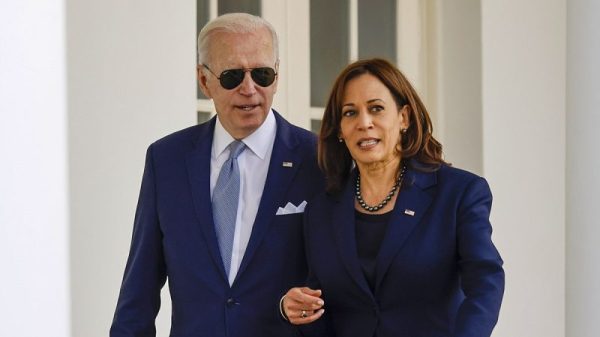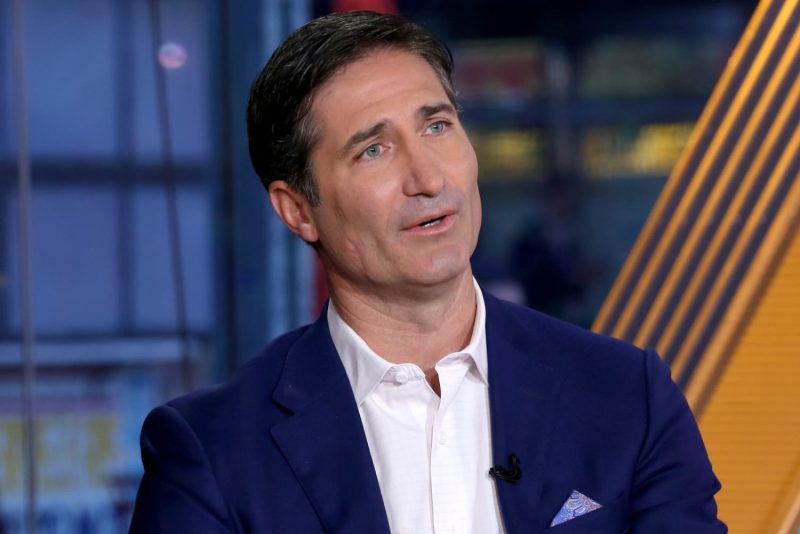Starbucks’ New CEO Will Supercommute 1,000 Miles from California to Seattle
The recent announcement that Starbucks’ new CEO, Kevin Johnson, will be supercommuting 1,000 miles from his home in California to the company’s headquarters in Seattle has raised eyebrows and sparked discussions among both business and environmental circles. This unique approach to leadership highlights Johnson’s commitment to the company and his willingness to go above and beyond to make a positive impact.
Supercommuting, defined as a commute that is longer than the typical daily commute and often involves traveling long distances, is a rare practice among top executives. Johnson’s decision to embrace this lifestyle choice highlights his dedication to Starbucks and his desire to lead by example. By demonstrating his willingness to undertake such a significant commute, Johnson is sending a clear message to employees that he is fully invested in the company’s success and is willing to make personal sacrifices for the greater good.
While some may question the sustainability of a 1,000-mile supercommute in terms of its environmental impact, Johnson has made it clear that he plans to offset his carbon footprint through various means, such as supporting renewable energy projects and investing in carbon offset programs. By taking proactive steps to mitigate the environmental impact of his commute, Johnson is setting a positive example for other business leaders and demonstrating that it is possible to balance professional responsibilities with a commitment to environmental stewardship.
Johnson’s decision to supercommute also raises important questions about the nature of work in the digital age. With advancements in technology making remote work more accessible than ever, some may wonder why Johnson feels the need to make such an arduous journey on a regular basis. However, Johnson has emphasized the importance of face-to-face interactions and the value of being physically present in the office as key factors in his decision. By prioritizing personal connections and fostering a strong sense of community within the company, Johnson is setting a precedent for how leadership can thrive in a rapidly evolving digital landscape.
In conclusion, Starbucks’ new CEO’s decision to supercommute 1,000 miles from California to Seattle is a bold and unconventional move that reflects his dedication to the company and his commitment to leading by example. By taking proactive steps to offset the environmental impact of his commute and emphasizing the importance of physical presence in the workplace, Johnson is setting a new standard for leadership in the digital age. As he embarks on this unique journey, Johnson’s actions serve as a reminder that true leadership requires not only dedication and hard work but also a willingness to challenge the status quo and embrace innovative approaches to success.






